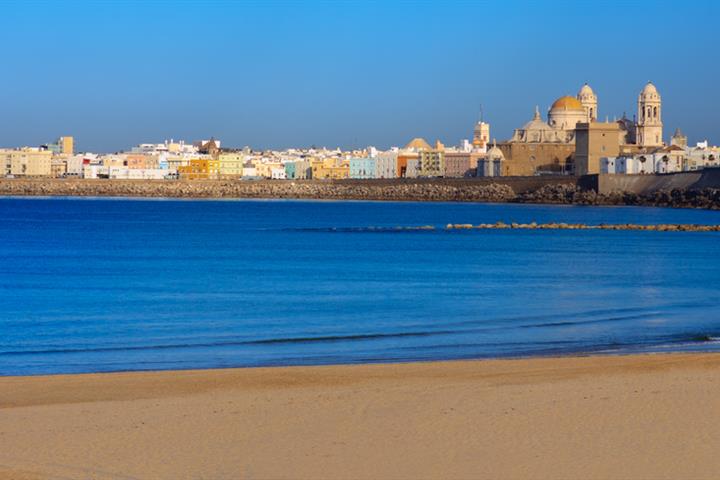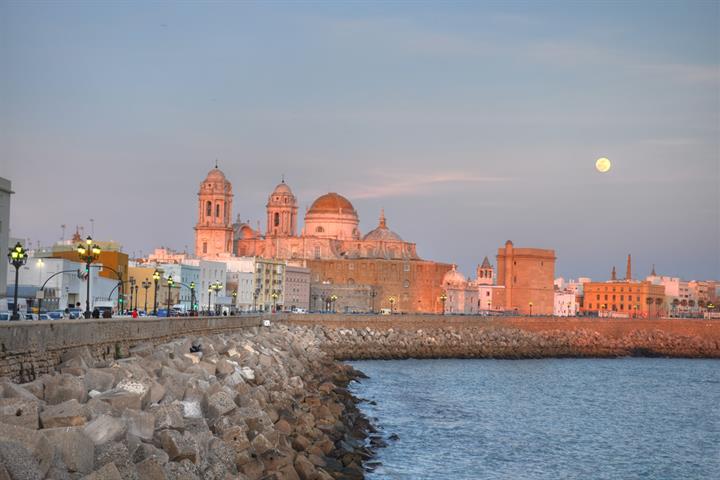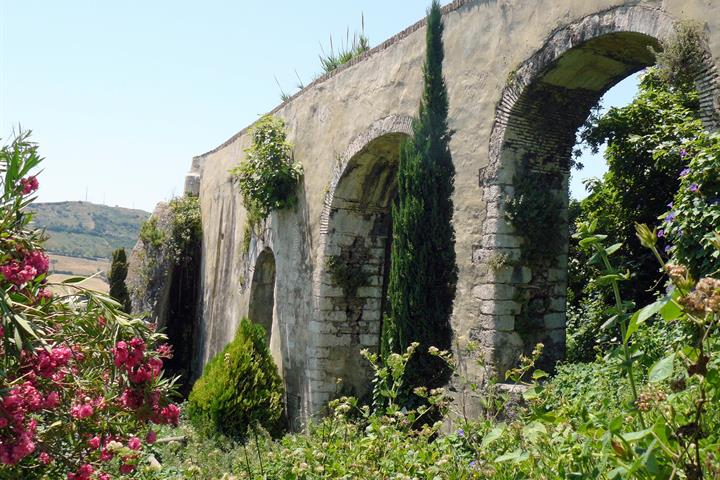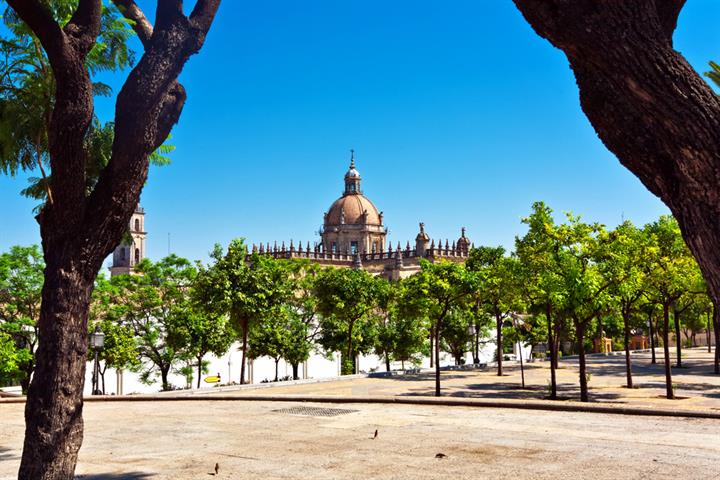Jerez de la Frontera reiseinformasjon og video
Ferieinformasjon, fakta, bilder og video om Jerez de la Frontera
Featured ferieboliger i Cádiz provins
Ting å gjøre mens du er der
Vurderinger for Jerez de la Frontera
Gjennomsnittlig vurdering - Basert på 38 vurderinger.
By
Kyst
| By: | |
| Kyst: |
Sendt inn av: Ingrid
26.09.2021
Denne anmeldelsen er på Engelsk
Denne anmeldelsen er på Engelsk
Rapporter misbruk
Du fant dette fornærmende
| By: | |
| Kyst: |
Sendt inn av: Jose Pereira
02.08.2021
Denne anmeldelsen er på Engelsk
Denne anmeldelsen er på Engelsk
Rapporter misbruk
Du fant dette fornærmende
| By: | |
| Kyst: |
Sendt inn av: Juanma
17.08.2020
Denne anmeldelsen er på Engelsk
Denne anmeldelsen er på Engelsk
Rapporter misbruk
Du fant dette fornærmende
| By: | |
| Kyst: |
Sendt inn av: Jos Gudden
05.10.2019
Denne anmeldelsen er på Engelsk
Denne anmeldelsen er på Engelsk
Rapporter misbruk
Du fant dette fornærmende
| By: | |
| Kyst: |
Sendt inn av: Stefanie van Rijn
12.08.2019
Denne anmeldelsen er på Nederlandsk
Denne anmeldelsen er på Nederlandsk
Rapporter misbruk
Du fant dette fornærmende
| By: | |
| Kyst: |
Sendt inn av: Nuno Maciel
28.08.2017
Denne anmeldelsen er på Portugisisk
Denne anmeldelsen er på Portugisisk
Rapporter misbruk
Du fant dette fornærmende
| By: | |
| Kyst: |
Sendt inn av: Fraser Penny
04.08.2017
Denne anmeldelsen er på Engelsk
Denne anmeldelsen er på Engelsk
Rapporter misbruk
Du fant dette fornærmende
| By: | |
| Kyst: |
Sendt inn av: Noor Eshuis
26.10.2016
Denne anmeldelsen er på Spansk
Denne anmeldelsen er på Spansk
Rapporter misbruk
Du fant dette fornærmende
| By: | |
| Kyst: |
Sendt inn av: jose luis meana
20.07.2016
Denne anmeldelsen er på Spansk
Denne anmeldelsen er på Spansk
Rapporter misbruk
Du fant dette fornærmende
| By: | |
| Kyst: |
Sendt inn av: Peter Poulsen
11.05.2016
Denne anmeldelsen er på Dansk
Denne anmeldelsen er på Dansk
Rapporter misbruk
Du fant dette fornærmende
| By: | |
| Kyst: |
Sendt inn av: Ann Stevens
09.05.2016
Denne anmeldelsen er på Spansk
Denne anmeldelsen er på Spansk
Rapporter misbruk
Du fant dette fornærmende
| By: | |
| Kyst: |
Sendt inn av: Lorna McDonald
28.04.2016
Denne anmeldelsen er på Engelsk
Denne anmeldelsen er på Engelsk
Rapporter misbruk
Du fant dette fornærmende
| By: | |
| Kyst: |
Sendt inn av: David GILL
20.01.2016
Denne anmeldelsen er på Engelsk
Denne anmeldelsen er på Engelsk
Rapporter misbruk
Du fant dette fornærmende
| By: | |
| Kyst: |
Sendt inn av: Rafael
09.12.2015
Denne anmeldelsen er på Spansk
Denne anmeldelsen er på Spansk
Rapporter misbruk
Du fant dette fornærmende
| By: | |
| Kyst: |
Sendt inn av: sara
30.08.2015
Denne anmeldelsen er på Spansk
Denne anmeldelsen er på Spansk
Rapporter misbruk
Du fant dette fornærmende
| By: | |
| Kyst: |
Sendt inn av: Jason Turner
03.02.2015
Denne anmeldelsen er på Engelsk
Denne anmeldelsen er på Engelsk
Rapporter misbruk
Du fant dette fornærmende
| By: | |
| Kyst: |
Sendt inn av: ACheese
27.10.2014
Denne anmeldelsen er på Engelsk
Denne anmeldelsen er på Engelsk
Rapporter misbruk
Du fant dette fornærmende
| By: | |
| Kyst: |
Sendt inn av: MHC Laibowitz-Noach
23.03.2014
Denne anmeldelsen er på Engelsk
Denne anmeldelsen er på Engelsk
Rapporter misbruk
Du fant dette fornærmende
| By: | |
| Kyst: |
Sendt inn av: malcolm ferguson
08.02.2014
Denne anmeldelsen er på Engelsk
Denne anmeldelsen er på Engelsk
Rapporter misbruk
Du fant dette fornærmende
| By: | |
| Kyst: |
Sendt inn av: Aldert & Pia
03.12.2013
Denne anmeldelsen er på Nederlandsk
Denne anmeldelsen er på Nederlandsk
Rapporter misbruk
Du fant dette fornærmende




